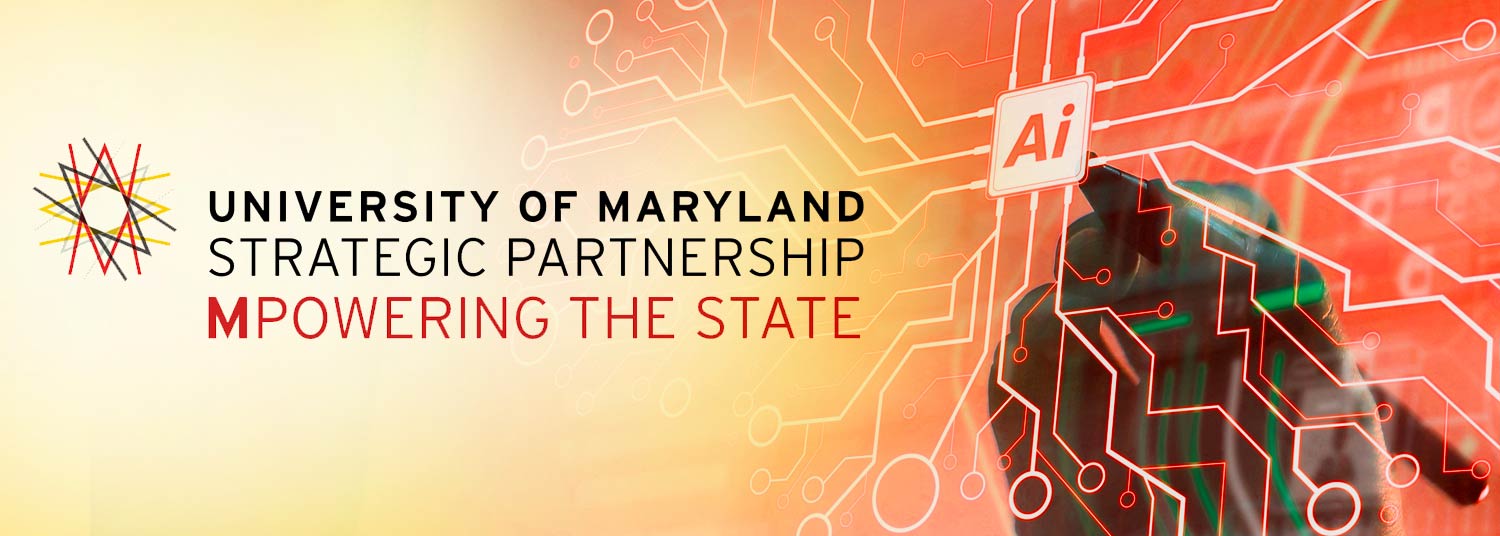November 10, 2022
Located at the North Bethesda Metro Station, Institute Will Create New Paradigm in Health Care Delivery and Personalized Approach to Patients

“We are witnessing an unprecedented revolution in health care that is being driven by biomedical innovation, the digitization of medical records, and advances in machine learning and artificial intelligence,” said UMB President Bruce E. Jarrell, MD, FACS. “This new Institute will include all of these elements in a synergistic effect that will transform our health care system.”
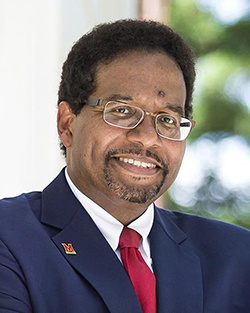
Harnessing the innovations in health care technologies has become an urgent priority as our nation faces an economic crisis and contends with the ongoing COVID-19 pandemic. Health care leaders have long recognized that health care efficiencies can be greatly improved with the digitization of medical records.

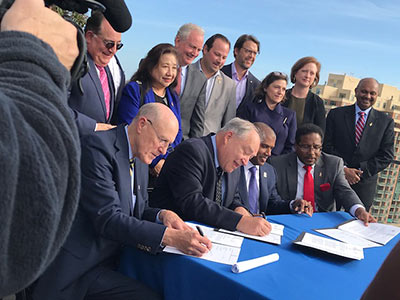
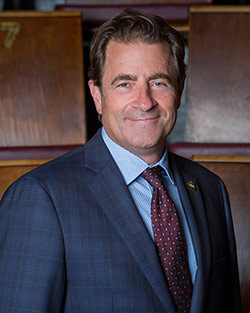
The U.S. speed to discovery of a vaccine for COVID-19 during the pandemic was reliant on AI to accelerate advances in the underlying lab research. North Bethesda’s proximity to NIST, NIH, FDA, Walter Reed, and the Naval Medical Research Center provides a prime location for this novel and urgent cutting-edge research. The Institute at North Bethesda will bring together world-class researchers from two university partners prominent in these fields to explore how AI, machine learning, and virtual and augmented reality can facilitate knowledge discovery for human health and well-being.
New immersive and 5G wireless technologies will further increase the availability and capability of telehealth functions, particularly in rural communities. Virtual and augmented reality over 5G networks will expand the diagnostic capabilities of clinicians.
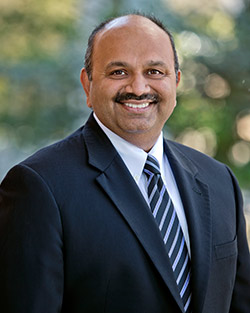
The Institute will catalyze a clinical data science ecosystem at North Bethesda that draws FDA and NIH investigators, UMB and UMCP faculty, medical bioinformatic educational programs and students, and industry partners, allowing expansion of computational “dry” laboratories, virtual meeting rooms and classrooms.

About the University of Maryland Strategic Partnership: MPowering the State
The University of Maryland Strategic Partnership: MPowering the State is a collaboration between the state of Maryland’s two most powerful public research institutions: the University of Maryland, Baltimore (UMB) and the University of Maryland, College Park (UMCP). It leverages the sizable strengths and complementary missions of both institutions to strengthen Maryland’s innovation economy, advance interdisciplinary research, create opportunities for students, and solve important problems for the people of Maryland and the nation. Working together, UMB and UMCP achieve innovation and impact through collaboration.
The University of Maryland Strategic Partnership Act of 2016 strengthened and formalized the structured relationship between UMB and UMCP, which began in 2012. The law deepens the alliance and enables UMB and UMCP to pursue even greater transformative change and impact, far surpassing what each institution could do independent of the other.
About the University of Maryland, Baltimore
The University of Maryland, Baltimore (UMB) was founded in 1807 as the Maryland College of Medicine, which now stands as the nation’s oldest public medical school. In response to growing social and cultural needs, UMB’s mission has evolved and grown tremendously. Widely recognized as a preeminent institution, UMB serves as the academic health, law, and social work university of the University System of Maryland, and is guided by a mission of excellence in education, research, clinical care, and public service.
UMB is a thriving academic health center combining cutting-edge biomedical research, exceptional patient care, and nationally ranked academic programs. With extramural funding totaling $682 million in Fiscal Year 2021, each tenured/tenure-track faculty member generates an average of $1.5 million in research grants each year. The 3,123 faculty members conduct leading-edge research and develop solutions and technologies that impact human health locally and around the world. World-class facilities and cores, as well as interprofessional centers and institutes, allow faculty to investigate pressing questions in a highly collaborative fashion. As a result, the more than 7,200 students, postdocs, and trainees directly benefit from working and learning alongside leading experts as they push the boundaries of their fields. For a listing of the organized research centers and institutes, visit: https://www.umaryland.edu/research/umb- research-profile/research-centers-and-institutions/
About the University of Maryland
The University of Maryland (UMD) is the state's flagship university and a leading public research institution, propelled by a $1.3 billion joint research enterprise. Located four miles from Washington, D.C., the university is dedicated to addressing the grand challenges of our time and is the nation's first Do Good campus. It is driven by a diverse and proudly inclusive community of more than 50,000 fearless Terrapins. UMD is a top producer of Fulbright scholars and offers an unparalleled student experience with more than 300 academic programs, 25 living-learning programs and 400 study abroad programs. Spurred by a culture of innovation and creativity, UMD faculty are global leaders in their field and include Nobel laureates, Pulitzer Prize winners and members of the national academies. For more information about the University of Maryland, visit umd.edu.
About the University of Maryland School of Medicine
Now in its third century, the University of Maryland School of Medicine was chartered in 1807 as the first public medical school in the United States. It continues today as one of the fastest growing, top-tier biomedical research enterprises in the world — with 46 academic departments, centers, institutes, and programs, and a faculty of more than 3,000 physicians, scientists, and allied health professionals, including members of the National Academy of Medicine and the National Academy of Sciences, and a distinguished two-time winner of the Albert E. Lasker Award in Medical Research. With an operating budget of more than $1.3 billion, the School of Medicine works closely in partnership with the University of Maryland Medical Center and Medical System to provide research-intensive, academic, and clinically based care for nearly 2 million patients each year. The School of Medicine has nearly $600 million in extramural funding, with most of its academic departments highly ranked among all medical schools in the nation in research funding. As one of the seven professional schools that make up the University of Maryland, Baltimore campus, the School of Medicine has a total population of nearly 9,000 faculty and staff, including 2,500 students, trainees, residents, and fellows. The combined School of Medicine and Medical System (“University of Maryland Medicine”) has an annual budget of over $6 billion and an economic impact of nearly $20 billion on the state and local community. The School of Medicine, which ranks as the 8th highest among public medical schools in research productivity (according to the Association of American Medical Colleges profile) is an innovator in translational medicine, with 606 active patents and 52 start-up companies. In the latest U.S. News & World Report ranking of the Best Medical Schools, published in 2021, the UM School of Medicine is ranked #9 among the 92 public medical schools in the U.S., and in the top 15 percent (#27) of all 192 public and private U.S. medical schools. The School of Medicine works locally, nationally, and globally, with research and treatment facilities in 36 countries around the world. Visit medschool.umaryland.edu
Contact
Office of Public Affairs
655 West Baltimore Street
Bressler Research Building 14-002
Baltimore, Maryland 21201-1559
Contact Media Relations
(410) 706-5260
Related stories
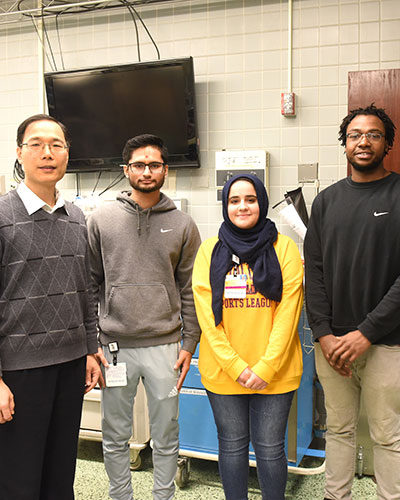
Monday, January 28, 2019
MPower Paves the Way for UM Bioengineering Students
The University of Maryland Strategic Partnership: MPowering the State has gained significant momentum, delivering enhanced economic, academic, and research benefits for the people of Maryland and beyond. This strategic partnership is a structured research and academic collaboration between the University of Maryland, Baltimore (UMB) and the University of Maryland, College Park (UMCP). Leveraging the sizeable strengths and complementary missions of both institutions, MPower has created many unique educational opportunities for students at both universities.

